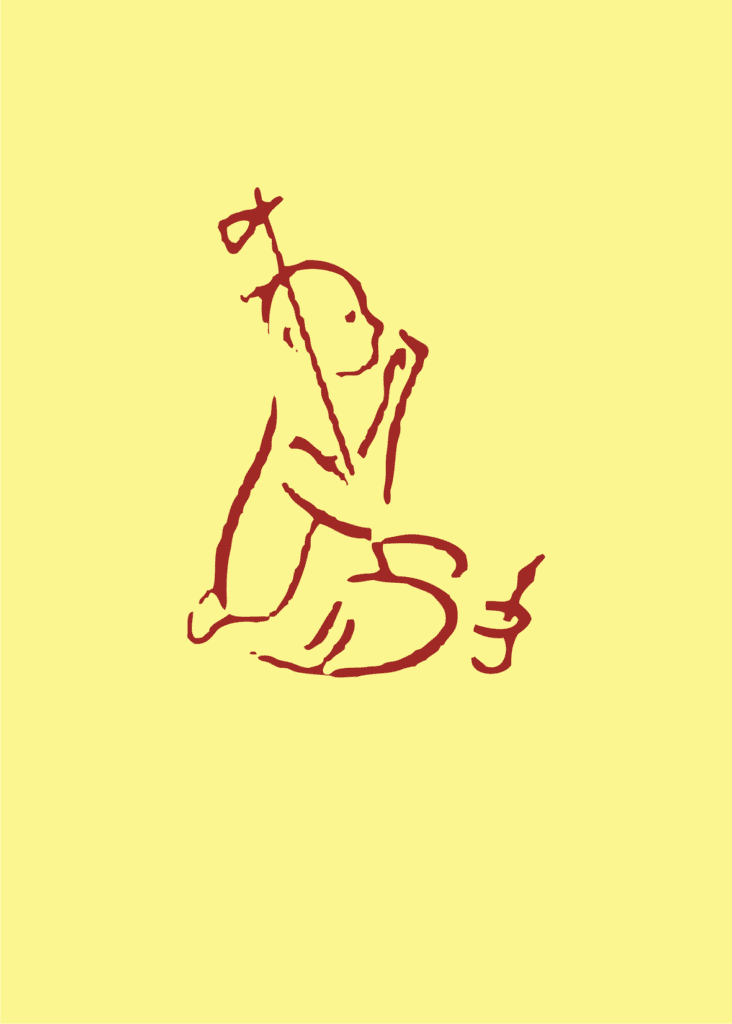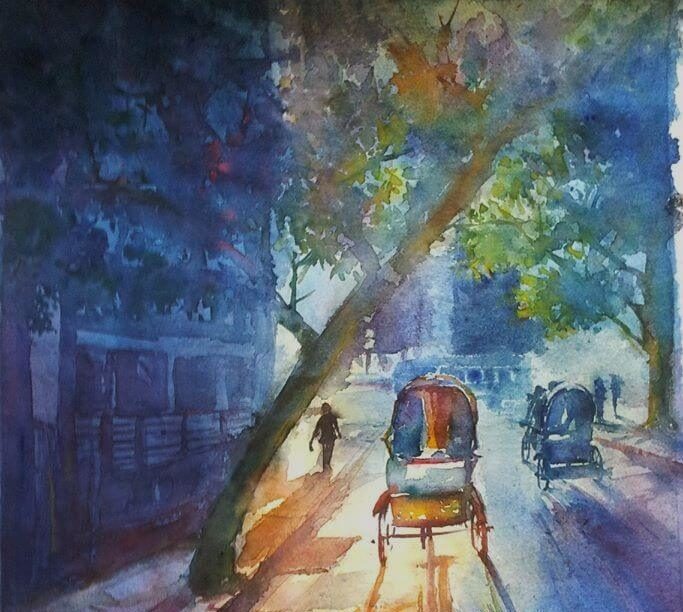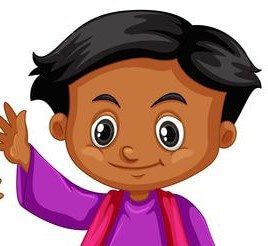Soumya walks down the memory lane and revisits his childhood, tween, and teenage years. An exclusive for Different Truths.

Do we have any memories before we are two years old? Or is it the stories we hear of our childhood that remain in our minds as false memories? Whatever the source, the boy had memories from his early childhood.
The house with red cement floors, the exceedingly high ceiling, the vast veranda. He realised later that dimensions get expanded in childhood; size is relative. The perspective of a child is from closer to the floor. On visiting some of his childhood homes in adult life, he noticed how they had shrunk.
But going back to his memories, he remembered cycle rickshaws, a canal, a white-domed building, which he now realises was a mosque, and weird wailings, which he now knows was the call for prayers, the Azaan. He remembers the white car his father had, the parties at home, and most of all, his babysitter cum life coach, Eda.
But going back to his memories, he remembered cycle rickshaws, a canal, a white-domed building, which he now realises was a mosque, and weird wailings, which he now knows was the call for prayers, the Azaan. He remembers the white car his father had, the parties at home, and most of all, his babysitter cum life coach, Eda.
Unusually for those times, Eda was literate, and before the advent of television, kept him quiet by reading to him. It was not nursery rhymes or bedtime stories, but whatever was available. It could be newspapers, classics, penny dreadful, mushy romances, religious texts, poems, and just about anything printed in the vernacular and available. Both the boy’s parents being avid readers and cultured people, there was no dearth of reading matter. The boy loved the sonorous rhythms of the epic Mahabharata, set in rhyme, in an archaic language, and whole passages would remain in his memory.
When called into the drawing-room to be presented to guests, and asked to recite rhymes, the boy would sometimes lisp off passages from the epic. Not knowing what the boy was spouting, and hearing an ancient language, a rumour spread that the kid had memories of past lives.
When called into the drawing-room to be presented to guests, and asked to recite rhymes, the boy would sometimes lisp off passages from the epic. Not knowing what the boy was spouting, and hearing an ancient language, a rumour spread that the kid had memories of past lives.
The other byproduct of this early indiscriminate indoctrination into literature was the boy’s lifelong passion for stories, reading them, telling them, hearing them, watching them, and even trying to write them. He grew addicted to strange tales of magic and mystery, history, and mythology. The printed word held him in its grip, and the sound of language fascinated him. Words were his music.
They stayed in a small town in a relatively backward state in Eastern India, where the boy’s father was a big man and owned a car, one of the very few in that town. His father was very affectionate, but was a remarkably busy man, and travelled a great deal.
They stayed in a small town in a relatively backward state in Eastern India, where the boy’s father was a big man and owned a car, one of the very few in that town. His father was very affectionate, but was a remarkably busy man, and travelled a great deal. The boy’s mother was a talented extroverted soul, very demonstrative in her affections. She was a talented musician and organised many cultural events and musical soirees. She was largely occupied in her cultural pursuits; so that the boy’s closest companions were his babysitter, and the Chauffeur, Taji. Taji was the boy’s version of Murtaza Hussain, the chauffeur’s name, and too much of a mouthful for the child. The origin of the nickname Eda is lost in the mists of time.
Taji had only one story to tell, about three idiots, but he told it well. In fact, when the boy had grown up and had children of his own, Taji had come to meet them and repeated the story for another generation, adding that the three idiots were the boy and his two brothers.
But we digress. Memories have this curious habit; they don’t behave in an ordinary linear fashion. They have no respect for chronology. They keep leaping across time and space. I cannot decide whether to bring the boys’ memories in line by the scruff of their neck or let them ramble and leap around with unbridled abandon. I think I will try Buddha’s Golden Mean. Forget chronology but try to maintain some semblance of order by linking topics somehow as the memories jostle each other for attention.
Eda and Taji pushed the memory in fast forward by a dozen years or so, to the boy’s sacred thread ceremony. The boy having been born into the allegedly privileged caste of the twice-born, had to pass a rite of initiation at the age of fourteen, as he is about to enter manhood, called the Upanayana. This ceremony is supposed to be a rebirth, thus the twice-born, and gives him the right to wear the sacred thread.
Eda and Taji pushed the memory in fast forward by a dozen years or so, to the boy’s sacred thread ceremony. The boy having been born into the allegedly privileged caste of the twice-born, had to pass a rite of initiation at the age of fourteen, as he is about to enter manhood, called the Upanayana. This ceremony is supposed to be a rebirth, thus the twice-born, and gives him the right to wear the sacred thread. He is initiated into the prayers, rituals and mantras that are the exclusive privilege of the Brahmins. The ceremony lasts three days, when he is interred in a room and conducts life in strict Brahmacharya principles, rising at dawn, eating one meal a day either self-cooked Vedic food or fruits, meditating, praying, studying and collecting alms from the visitors. He read the numerous books he had received as gifts or alms. The boy had specially asked for books. The kind of alms that the visitors bring would make any mendicant leap with joy, as it involved wads of cash, watches, clothes, electronic gadgets, gift cheques and such stuff. The alms-giving guests are treated to a feast, which is far from Sattwik and involves mutton and fish. The boy is disgruntled but is promised a grand treat after the three days.

Among his guests are his two childhood mentors, Eda and Taji. They had come to meet their old ward at considerable effort and expense, taking leave from their current jobs. The boy was eager to meet them. But there was a hitch. During these three days, he was not permitted to lay eyes on any non-Brahmin person. Not even the Sun is allowed in as the Sun god is Kshatriya. And here there was a Shudra and a Muslim seeking audience with the young Brahmachari. This was an abomination. The elders and relatives would have none of this sacrilege. The boy was crestfallen. But he had a staunch supporter, his rationalist and strong-willed father. He decreed that the two ex-employees would meet the boy, and those who did not like it could lump it.
The matter was referred to the family priest who was conducting the ceremony. He had already developed a rapport with the boy, who was curious about the meanings and significance of the rituals and prayers. The priest had been patiently explaining everything to the boy.
The priest gave his verdict. A Brahmin is he who gives rise to good thoughts in the boy’s mind. It cannot be decided by an accident of birth. These people have taught the boy in his childhood, and as Gurus, played the role of a Brahmin. They would visit him.
The priest gave his verdict. A Brahmin is he who gives rise to good thoughts in the boy’s mind. It cannot be decided by an accident of birth. These people have taught the boy in his childhood, and as Gurus, played the role of a Brahmin. They would visit him.
The impasse was cleared in what was in those days a revolutionary decision. It taught the boy rationality and compassion and gave him the confidence to question given wisdom. It also taught him that every priest is not a hidebound conservative and religious fanatic as his leftist friends claimed. Rationality and intelligence are not anyone’s sole preserve. The boy truly grew up that day.
Photo from the Internet
Feature painting from pinterest.com






 By
By

